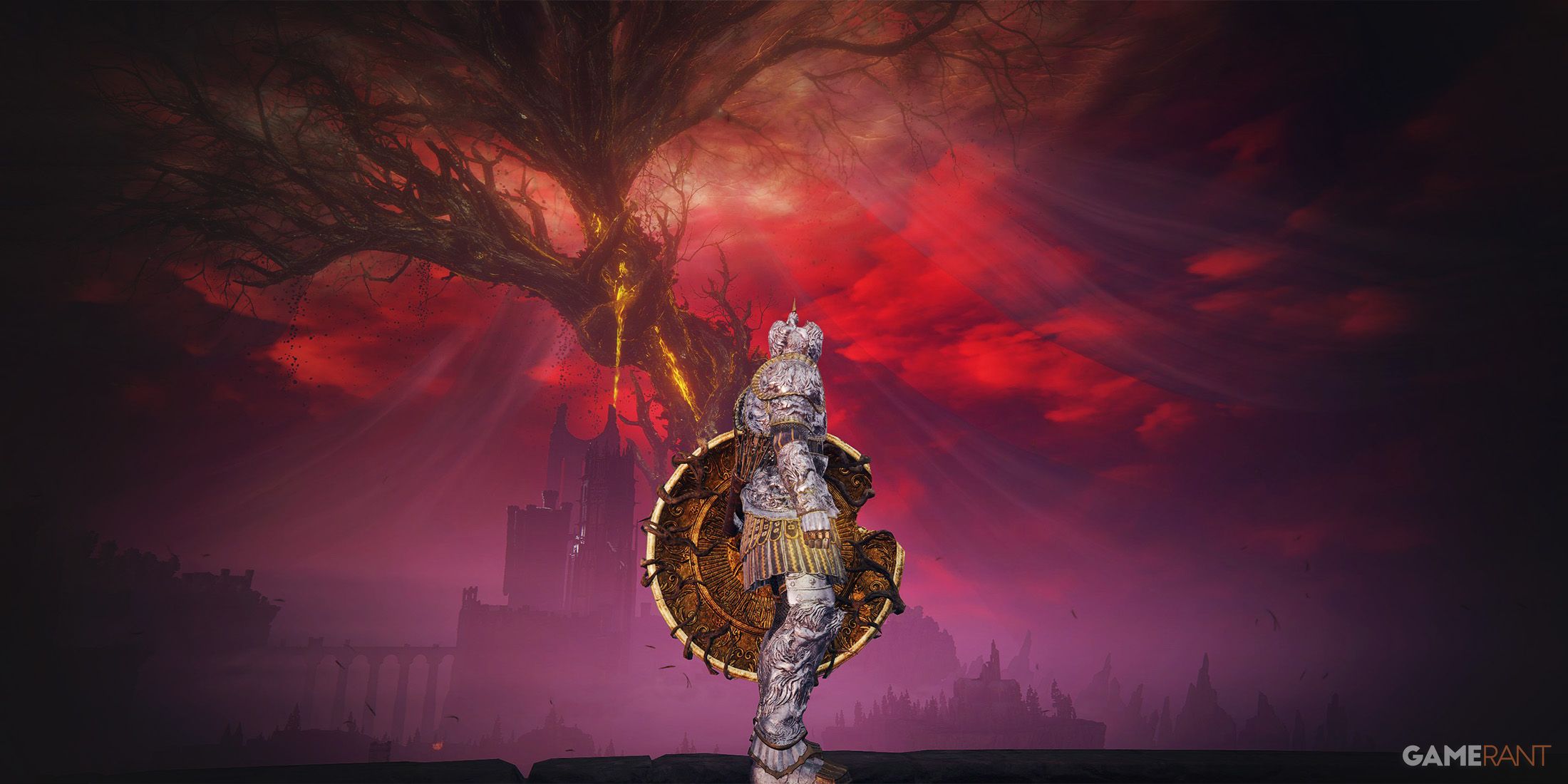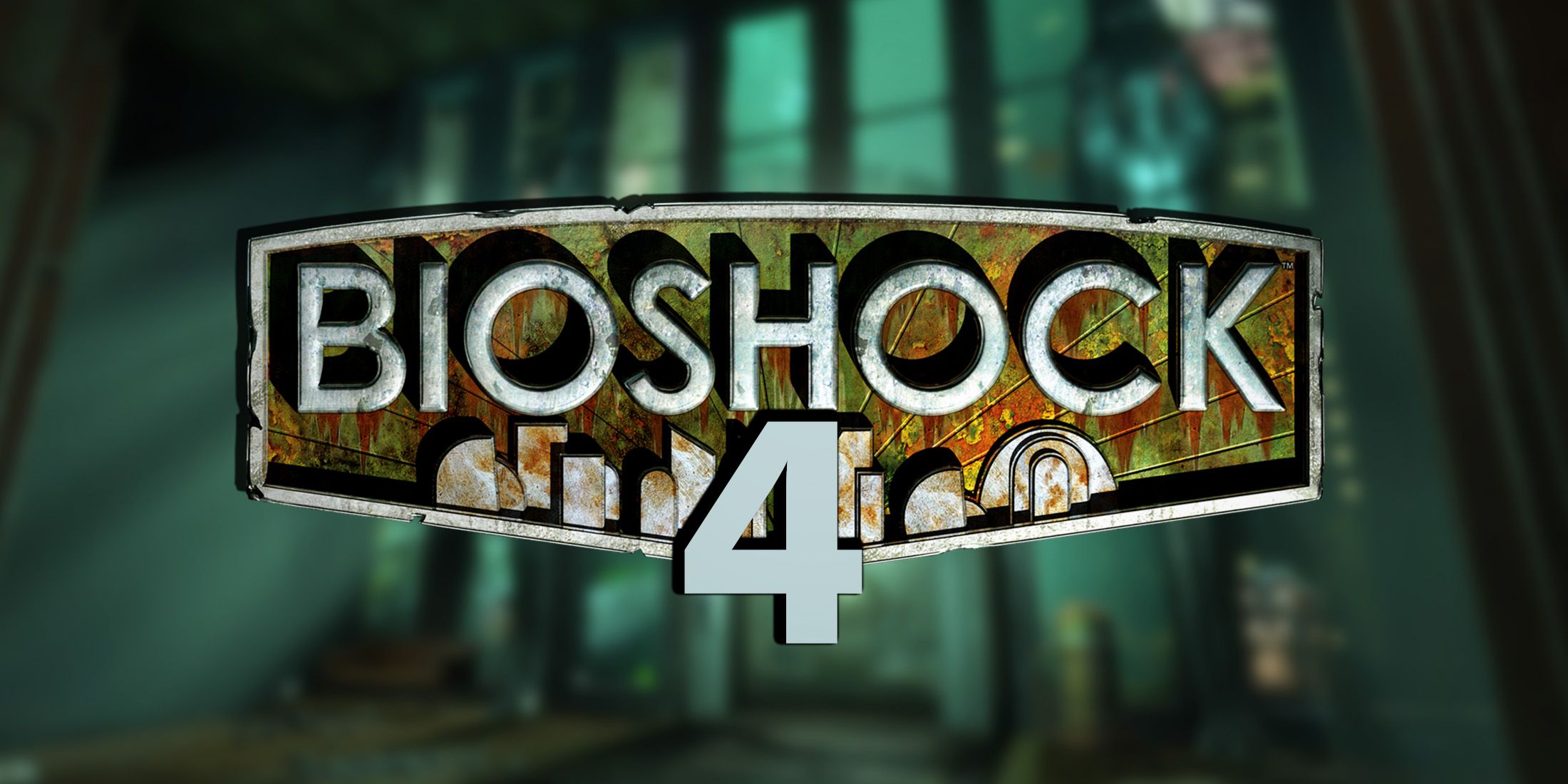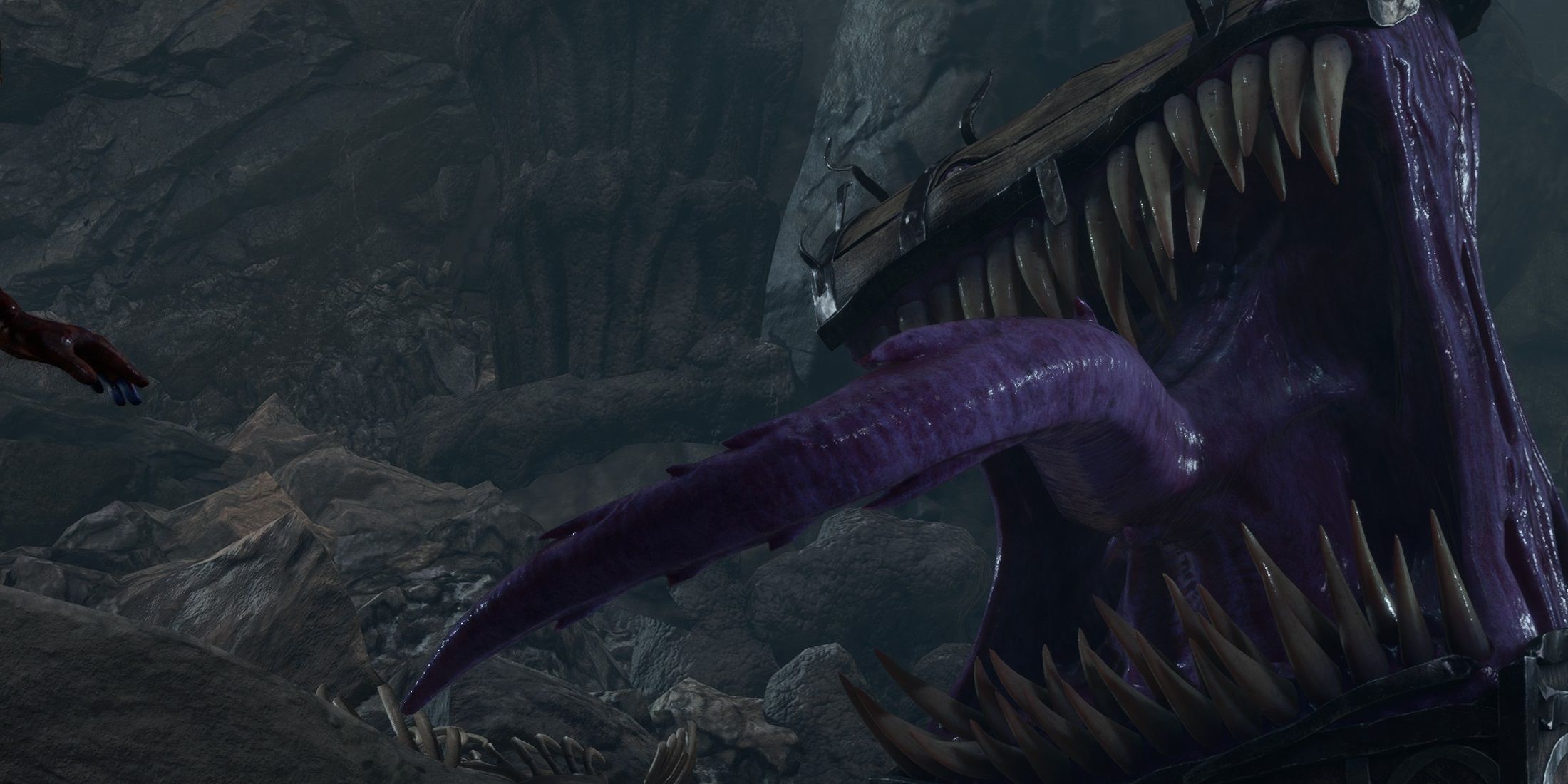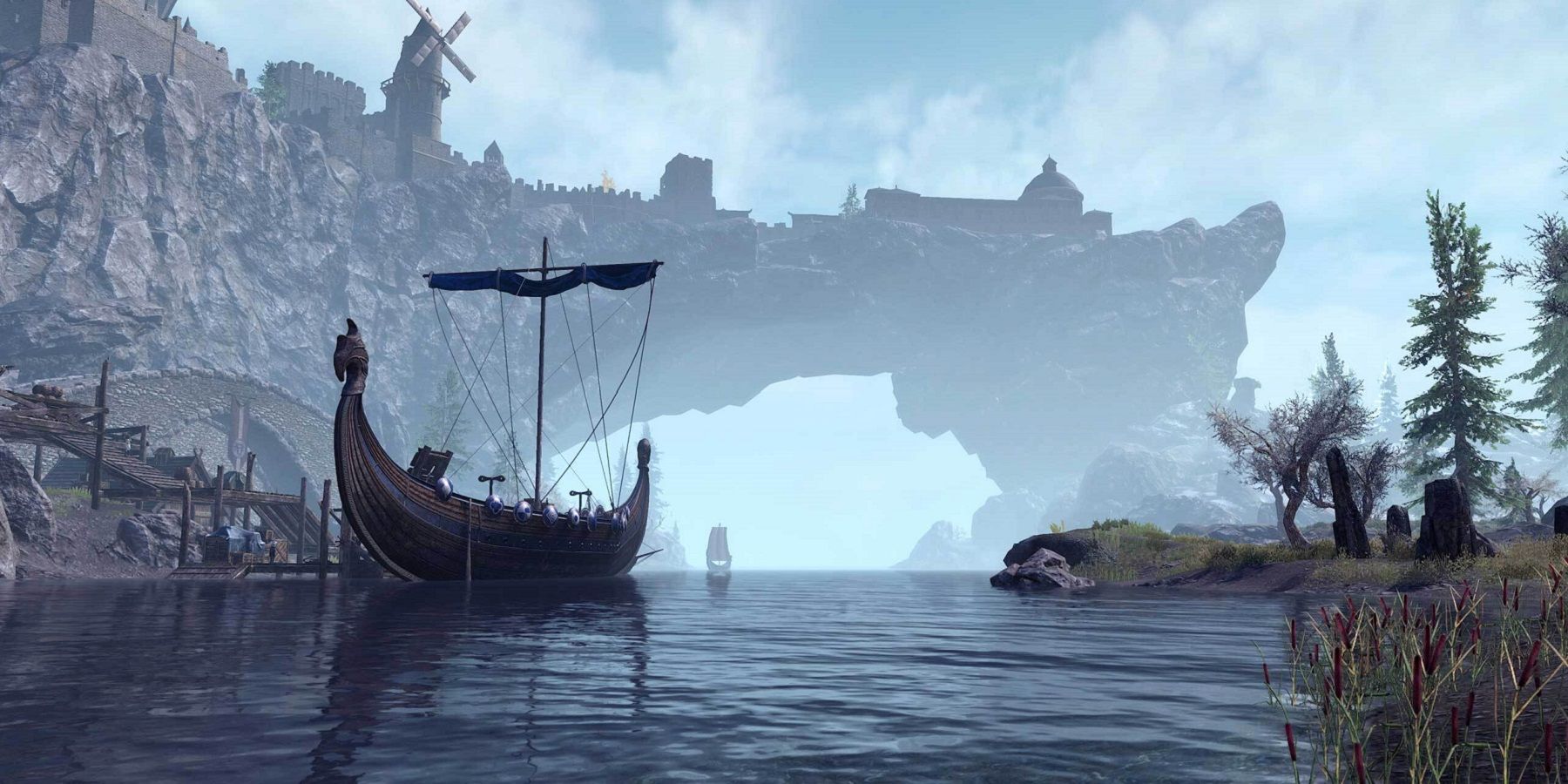It's always interesting when a new piece of technology gets shown off in a game, and The Elder Scrolls Online is no exception. A week ago, it was announced that the Bethesda MMO would be the first to feature DLAA, or Deep Learning Anti-Aliasing. This is a new image enhancement algorithm from Nvidia which improves overall graphical fidelity. Now, some footage has emerged which shows what this looks like in the game when compared to other visual technology.
In a video uploaded to YouTube a few days ago, the channel MxBenchmarkPC, which is an account that showcases video games running under various graphical settings and with different image technologies, has shown what The Elder Scrolls Online looks like with this new AI. The video image is split into three, with Deep Learning Anti-Aliasing in the middle, and has the same gameplay footage from the game, comparing how the game looks overall.
Specifically, the video compares the visuals between regular temporal anti-aliasing, or TAA, and Nvidia's DLSS which is the tech company's upscaling algorithm. The results are likely to be interesting to graphical fanatics and lovers of visual technology. However, for the average person, it may be difficult to see the differences between the three. There does seem to be some sharpness in DLAA when compared to DLSS, but very difficult to see any major changes to TAA. Still, it can be said to be impressive all the same, especially as DLAA doesn't actually upscale like DLSS does. It's more that this algorithm will smooth out jagged edges, rather than redraw pixels to appear higher in resolution.
In the video, it says that an Nvidia RTX 3080 and an Intel Core i7 were used to test the game, and that it was replayed at 1080p, 1440p, and eventually 4k resolutions. Overall, Deep Learning Anti-Aliasing may result in a slight framerate drop, but for those who have a more powerful GPU, such as the aforementioned 3080, or even an RTX 3090, it may be worth it for a crisper image, and with slightly less shimmer that is more present in TAA.
ESO seems keen to lead the way for next-gen graphics, and this new technology is one example of that. For a game that was not too well-received when it first came out in 2014, it has found its feet and a dedicated community. It remains to be seen what will come next in terms of visual technology, and how far companies like Nvidia will go in tweaking graphics more and more.
The Elder Scrolls Online is available now for PC, PS4, PS5, Stadia, Xbox One, and Xbox Series X|S.




